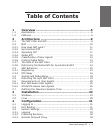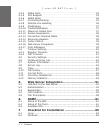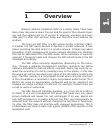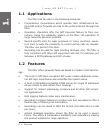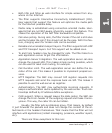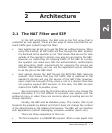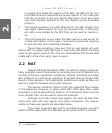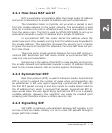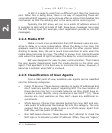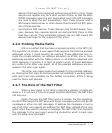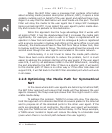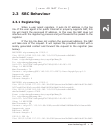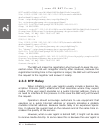
snom technology AG • 7
[ S N O M 4 S N A T F I L T E R ]
• Both http and https as web interface for simple access from any-
where on the Internet.
• The filter supports Interactive Connectivity Establishment (ICE).
User agents that support this feature will optimize the media path
for the shortest possible delay.
• Media relay is established using connection-oriented media. User-
agents that are not NAT-aware inherently support this feature. This
makes the operation of the NAT filter backward-compatible.
• Call-alive polling. During calls, the filter checks if the call is still alive
and terminates the call if this should not be the case. With this fea
-
ture, charging users for broken calls can be avoided.
• Reliable and unreliable transport layers. The filter supports both UDP
and TCP transport layers. Full TLS support will be added soon.
• To and From headers may be changed for calls. The filter talks to a
web application server to get this information.
• Application Server Integration. The web application server can also
change the request-URI. This makes simple routing possible, which
can be used for least cost routing, for example.
• Call Duration Limit. The web application server can define the du
-
ration of the call. This makes it possible to implement prepaid ser-
vices.
• HTTP Registrar. The SBC may convert SIP register requests into
HTTP requests and send the response back via SIP. This makes it
possible to use the web server as registrar.
• Authentication. The SBC may authenticate incoming requests. It
keeps a authentication cache updated by the web server. Trust rela
-
tionships defined by IP address define exceptions.
• CLIR support. When a request leaves the data center, the SBC can
change the From-header of the outgoing request and make it anon
-
ymous. This way, the caller ID can be hidden.
Usually, the filter acts as stateless proxy. That means, by default
it just forwards the packets and does not change the content of the at
-
tachments or the headers themselves. That means that the filter will not
interfere with applications (instant messaging, presence, weather report,
etc).
There are three exceptions to this rule:
1.





